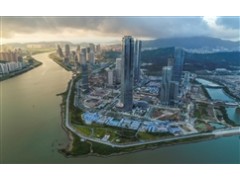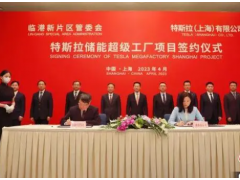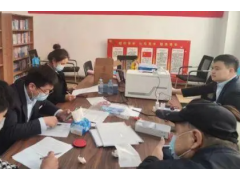As the "Regional Comprehensive Economic Partnership Agreement" (RCEP) entered into force for the Philippines on the 2nd, all 15 member countries have completed the entry into force procedures, marking the entry into full implementation of the free trade zone with the largest population, largest economic and trade scale and the greatest development potential in the world. At this stage, the regional integration process in East Asia has made substantial progress and will enter a higher level.
At present, anti-globalization and trade protectionism are on the rise, and the development of the world economy still faces many uncertainties. Against this background, the full entry into force of RCEP fully reflects the will, determination and firm confidence of all member states to jointly build a multilateral trading system. It is also a practical need to jointly cope with the severe challenges brought about by the complex and ever-changing international situation. RCEP is a powerful starting point for broadening and deepening regional cooperation in East Asia. It can not only solve the current difficulty of weak economic growth, but also promote the long-term development of the global economy.
It has been more than a year since RCEP came into effect, and it has achieved initial results in promoting regional trade and investment growth and releasing dividends from economic recovery. East Asia has continued to become a hotspot for global investment, and most member states have shown a positive upward trend in the utilization of foreign capital. In 2022, China's import and export of intermediate products to other RCEP member countries will be 8.7 trillion yuan, an increase of 8.5%. The growth rate of Japan, New Zealand, Malaysia, Indonesia and the Philippines' trade in intermediate products in the RCEP region exceeds the growth rate of trade in global intermediate products. According to calculations by the Peterson Institute for International Economics, by 2030, RCEP will drive an annual increase of US$186 billion in global GDP. RCEP provides a reference policy framework for reshaping the future of the world economic system - get rid of the "prisoner's dilemma" driven by trade and investment conditions, improve the efficiency of resource allocation, strengthen the vitality of trade and investment, and share the cost of public goods, thereby enhancing social Overall welfare, and more resilient regional integration forms the cornerstone of global integration.
The full entry into force is not only a milestone, but also a new starting point. The in-depth implementation of RCEP still faces factors such as unstable international situation and turbulent international financial environment. If the member states want to benefit from the implementation of RCEP, they need to further enhance mutual trust, develop friendly relations, and minimize disruptive factors. Next, the actual policy effectiveness and utilization rate of RCEP will depend to a considerable extent on the strength and degree of implementation of the agreement by each member country. Countries should focus on high-quality implementation of RCEP in their own countries and work together to promote the realization of expected goals.
RCEP needs to give full play to its unique characteristics of flexibility, inclusiveness and openness, and further expand the breadth and depth of development. In accordance with the provisions of the agreement, make preparations for the opening of RCEP to new members within 18 months after it takes effect. Actively absorb Hong Kong, China, which has formally submitted an application, as a regional member, and further attract South Asian, Central Asian and other economies to join. At the same time, it is necessary to promote the implementation of RCEP according to the plan, including supporting the development of less developed countries, and optimize the value chain of the RCEP regional industrial chain and supply chain, and introduce and add more rules on labor, environmental protection, and data exchange. Specifically, it includes improving the mutual recognition of inspection and quarantine results, technologies, and standards; promoting the liberalization of service trade, improving the mutual recognition of professional qualifications in member states; comprehensively optimizing the investment environment, and exploring and expanding cooperation in non-service industries.
As the largest member of RCEP, China has always been a defender of the free trade system and an active promoter of RCEP. At present, China has signed 19 free trade agreements with 26 countries and regions. The construction of high-standard FTAs has become a key area for China to actively promote high-level opening up, and it is also an important manifestation of China's active participation in the international division of production and global governance. The door of China's reform and opening up will be opened wider and wider, and the concept of mutually beneficial and win-win development will be pursued to jointly implement the RCEP, injecting more impetus into deepening regional economic integration and promoting regional and global economic growth.




